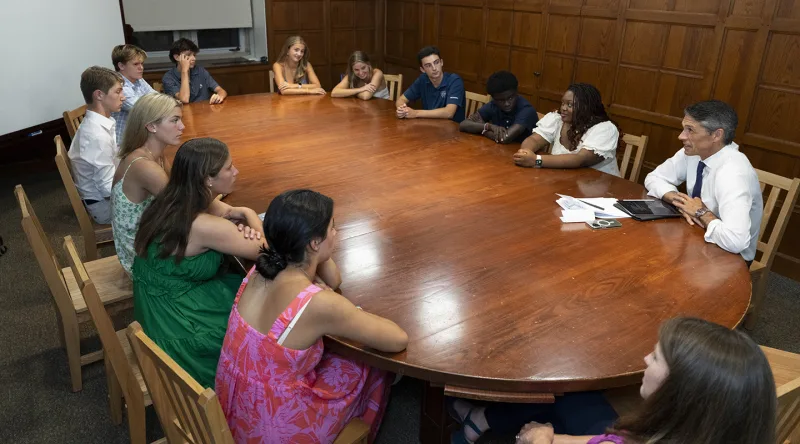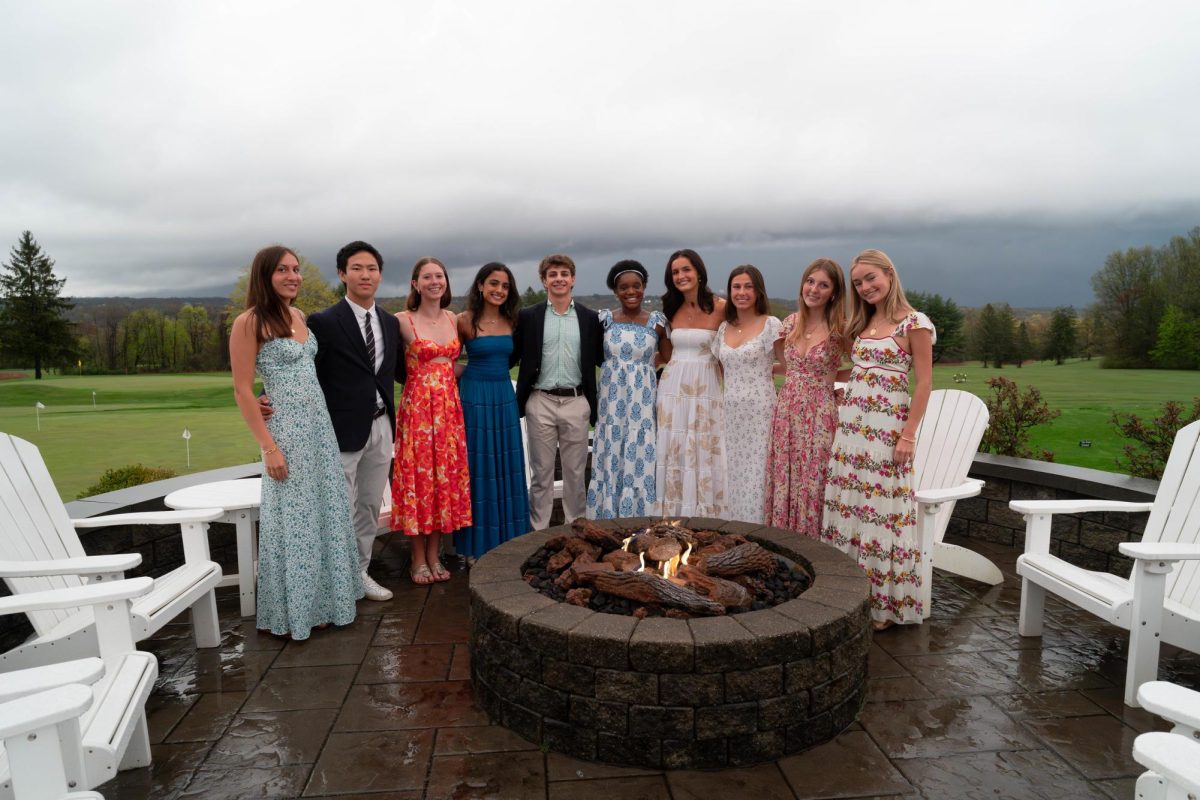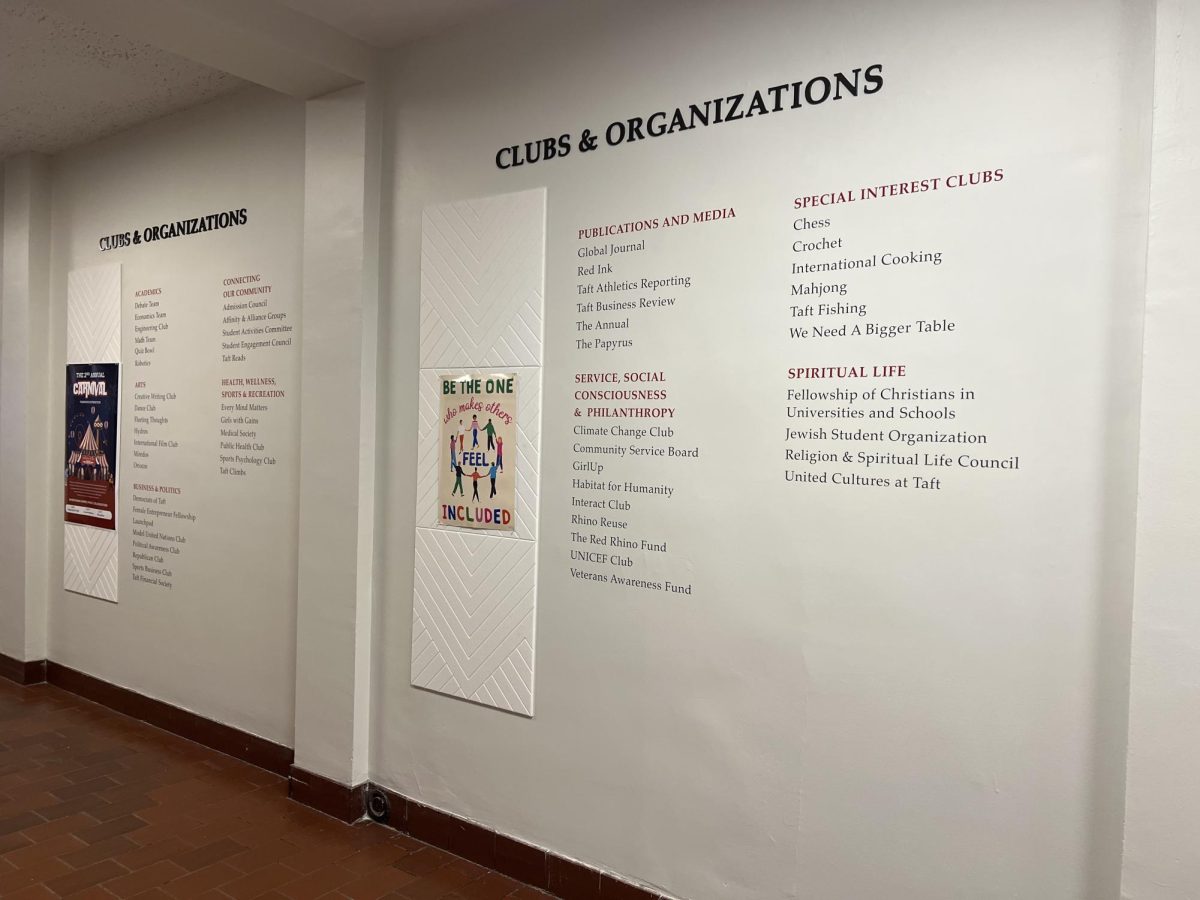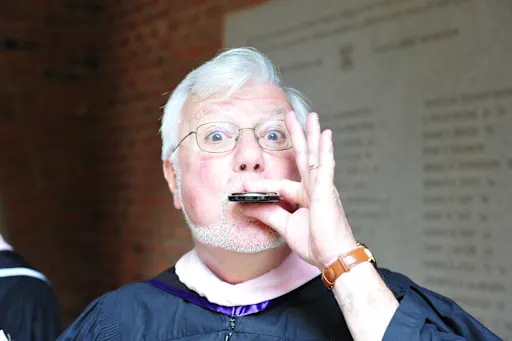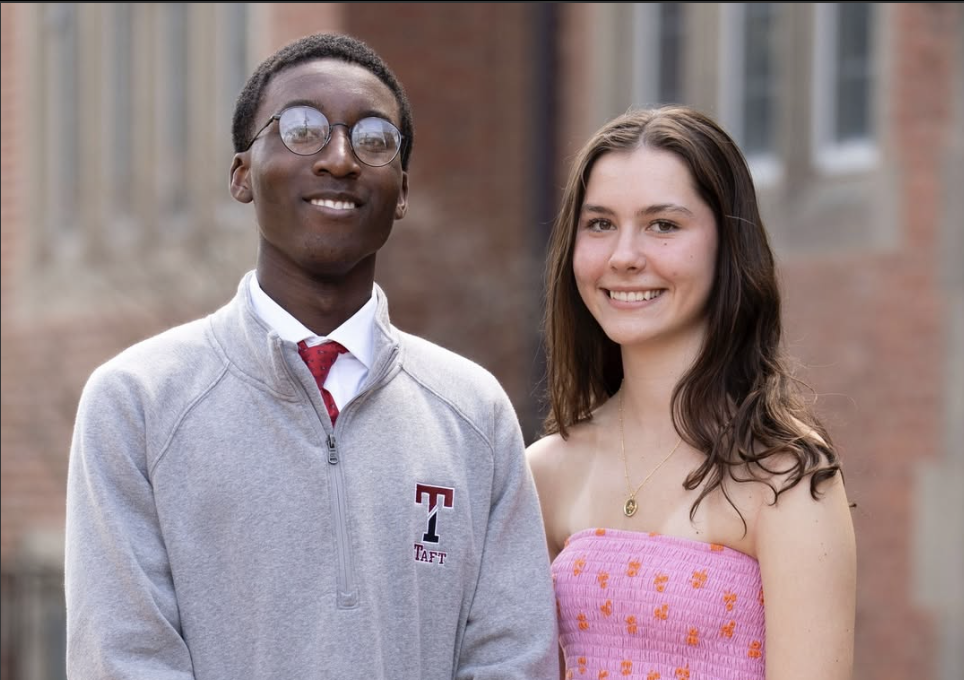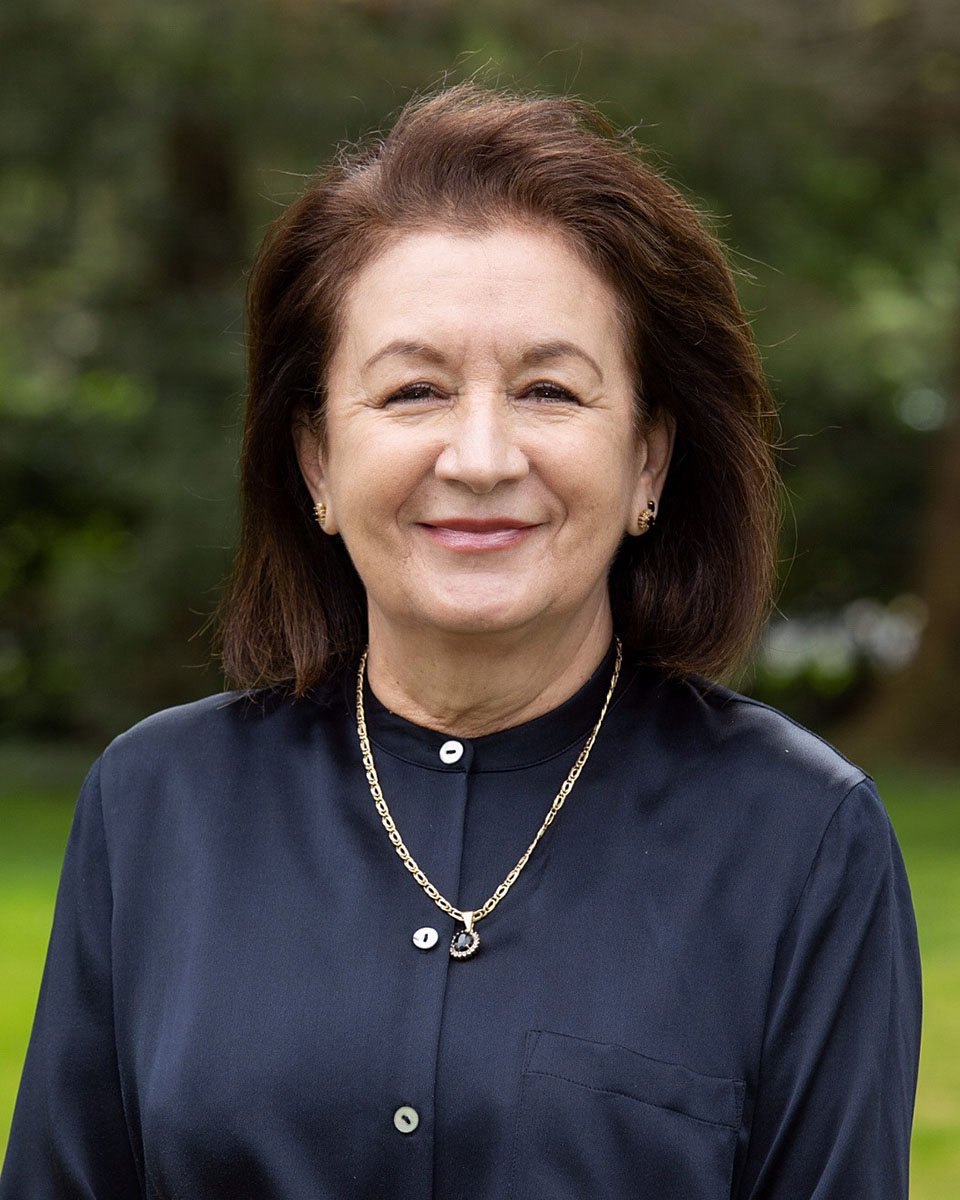At first glance, applying to The Taft School might seem similar to applying to college: essays, transcripts, recommendations, and standardized testing. Behind the scenes, though, it is a far more layered, human-centered process that balances personal potential with practical logistics. While the goal is to shape a dynamic and diverse student body, the undeniable reality is that space is limited.
At Taft, every applicant’s file is read by at least two readers before being presented to a committee of at least eight admissions officers who work together to evaluate and shape the future of the school. Committee meetings discuss smaller groups, such as “9th grade girls,” because final decisions are limited by a critical factor: beds. Just like in college admissions, numbers matter. The number of accepted students must stay consistent year over year, with particular attention to boarders versus day students, legacy and sibling applicants, and athletic recruitment.
This year, Amanda Bohnsack completed her first admissions season as Taft’s Director of Admissions after working at Deerfield for five years. While the schools and their mottos differ, she notes that the processes and applicants are strikingly similar. At Taft, she brought a clear vision for how the process could become more structured, consistent, and transparent. This clarity was particularly valuable in building a class that balances in coming student geography, talent, experience, and readiness. Many metrics used in admissions, such as yield indicators (an estimate of the likelihood that a student will accept their offer), offer better insight into evaluating Taft’s large number of applicants. Yield indicators are especially important to mitigate over-enrollment, a serious issue that can result in triple rooms on campus. By tracking these numbers more carefully, the school can better manage space and avoid last-minute complications.
This year, the admission team emphasized three core values to look for in each applicant: resilience, curiosity, and engagement. During the interview process, candidates were asked about those three qualities, which encouraged reflection and gave admissions officers deeper insight into each student’s character and motivation. When reading applications, these values often came up to describe certain essays and student traits. They serve as a guiding lens to ensure that the admissions process remains both thoughtful and efficient. Students who do not reflect Taft’s motto, its portrait of a graduate, or its boarding school culture can be more easily identified and reconsidered. Alongside this, there is consistency from year to year in how many players each sports team needs. As Bohnsack notes, “It’s not just about shaping a strong class, it’s about balancing programs, space, and school culture.” Receiving 1,650 applications each year and maintaining an acceptance rate of about 20 percent presents a challenge that requires both strategy and sensitivity. As the volume grows, so does the need to rely on structure, data, and values to shape each incoming class.
Associate Director of Multicultural Recruitment, Shavar Bernier, reflects on some of the updates that have shaped this year’s process. “There’s more science while still understanding the art. We’ve gotten better at tracking our progress and evaluating what we’re doing throughout the process.” While these improvements have brought a new level of clarity and control, the process remains deeply personal at its core. Metrics may help guide decisions, but the ultimate judgment depends on the connection between the applicant and the reader. This connection comes alive most clearly through the student’s writing, their interview, and the way their story comes together across the application. Reflecting on some of the standout essays he’s read, Mr. Bernier recalled one about a boy who saved a friend from drowning. “It was pretty epic,” he said. “The essay ended up being about regular people doing extraordinary things. It was written with humility, humor (he wasn’t a good swimmer), and craft.” This kind of writing, thoughtful, genuine, and deeply human, reminds the admissions team of what truly matters.
The process is holistic for a reason. When an application truly stands out, it is not just because of high grades or impressive activities. Instead, it is because of the voice and personality that emerge through the essays, the recommendations, and the interview. “It’s nice when you have the complete picture (recommendations, grades, parents’ statements, school, geography, and so on) and then can almost anticipate a couple of themes that will come up in the essay,” Bernier said. “It’s easy to see when someone searches for the best school essay topics.” By contrast, when a student writes from a place of honesty and personal reflection, the result often aligns with the rest of the application in a meaningful and memorable way.
In the end, the admissions process is both deliberate and deeply personal. While metrics help manage the volume of applications and bring structure to an increasingly complex system, it is the stories, values, and voices of each student that bring them to life. Taft is not just looking for strong students. It is looking for young people who will thrive in, contribute to, and be shaped by the community around them.
